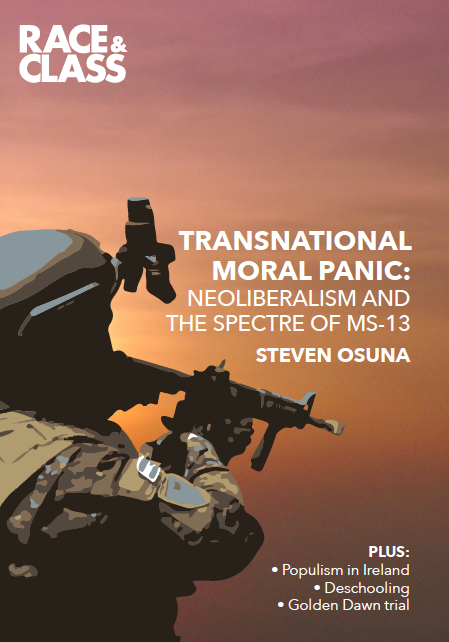Description
The mulatta on film: from Hollywood to the Mexican revolution, by Cedric J. Robinson and Luz Maria Cabral
The figure of the mulatta has long been associated with the racist mythology enshrined in US popular culture. In this illuminating history, Robinson and Cabral demonstrate how, in early twentieth-century American cinema, this figure came to symbolise the ‘dangers’ of miscegenation. While blacks were portrayed as crude figures of fun, mulatto and mulatta characters were seductive, villainous and threatened the fabric of white hierarchy. Underlying this villainisation of the mulatto lay a political agenda to do with curbing the rise of an emergent black middle class that was beginning to contest segregation. Griffith’s The Birth of a Nation was one of the most profoundly racist and profoundly influential of such films, and the images it propagated continued into the 1940s and 1950s. But there was also another cinema, as concerned with images of race and blackness, yet which dealt with them in a very different way – the cinema of Mexico. Cabral and Robinson foreground the influence of the Mexican revolution on its film industry, culminating in a detailed exploration of the seminal film, La Negra Angustias, whose protagonist is a mixed-race, black female leader in Zapata’s army.
The ‘exotic’ as mass entertainment: Denmark 1878-1909 by Rikke Andreassen
In the late nineteenth century, there was a vogue, throughout the capitals of Europe, for exhibiting groups of colonised and subjugated peoples as an early form of mass entertainment. In this fascinating examination of the phenomenon in Denmark, Andreassen shows how, although such displays purported to be ‘educational’ and ‘scientific’, they effectively appealed to a sexual voyeurism that was also bound up with colonialism and imperialism. Unearthing documents and archives never previously examined, Andreassen presents a fascinating history of the period and sheds new light on the relationship between formal and informal colonialism.
Bringing it all back home: Irish emigration and racism by Bill Rolston
The history of the development of racism in Ireland and among the Irish diaspora is a long and complex one, brilliantly explored here by Rolston. It has to do not only with Ireland’s own history of being invaded and colonised – and the struggle against that – but also the experience of dispossessed emigrants to America. Many such found it expedient to distance themselves as far as possible from those who were also at the very bottom of the hierarchy – blacks. Moreover, as Rolston shows, the leaders of the movements for Irish liberation had a significant influence for both good and ill on the development of such racism. While John Mitchel of the Young Ireland Movement was an advocate of Black slavery, the great leader Daniel O’Connell was throughout his life a staunch supporter of Abolition. As Rolston concludes: ‘The intermingling of racism and anti-racism has left its mark on contemporary attitudes in Irish society.’
Dreams of global hegemony and the technology of war by Jerry Harris
Following on from his earlier analyses, in the pages of Race & Class, of the political and economic imperatives driving US military and foreign policy, Harris here examines the ways in which the US military machine is planning to ensure dominance in a globalised world. What the Pentagon terms its ‘Revolution in Military Affairs (RMA)’ is integral to the strategy outlined in the now notorious ‘Project for the New American Century’ – the building of a ‘global security order that is uniquely friendly to American principles and prosperity’. Some of the more futuristic military measures now being designed to ensure this are, as Harris shows, chilling in the extreme. They include an offshoot of the ‘Star Wars’ project, the High-frequency Active Aural Research Program, which aims at disruption and control of weather patterns through the use of extremely low frequency radar waves. That the Iraq war was also intended as a showcase for RMA techniques and technologies shows both the massive ongoing devastation that can be inflicted by such methods – and that, for all the technology, such methods only add to suffering, massive instability and global insecurity, even for the US itself.
Race & Class is published quarterly, in January, April, July and October, by Sage Publications for the Institute of Race Relations; individual subscriptions are £27/$47, for four issues, with an introductory rate of £20/$35 for new subscribers.


